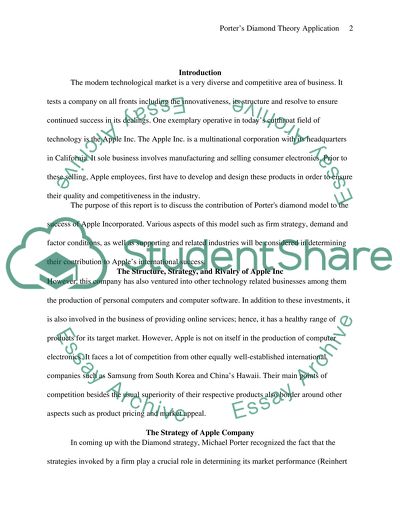Cite this document
(The Michael Porters Diamond Model in the Success of the Apple Inc Case Study, n.d.)
The Michael Porters Diamond Model in the Success of the Apple Inc Case Study. Retrieved from https://studentshare.org/marketing/1680532-porters-diamond-theory-application
The Michael Porters Diamond Model in the Success of the Apple Inc Case Study. Retrieved from https://studentshare.org/marketing/1680532-porters-diamond-theory-application
(The Michael Porters Diamond Model in the Success of the Apple Inc Case Study)
The Michael Porters Diamond Model in the Success of the Apple Inc Case Study. https://studentshare.org/marketing/1680532-porters-diamond-theory-application.
The Michael Porters Diamond Model in the Success of the Apple Inc Case Study. https://studentshare.org/marketing/1680532-porters-diamond-theory-application.
“The Michael Porters Diamond Model in the Success of the Apple Inc Case Study”, n.d. https://studentshare.org/marketing/1680532-porters-diamond-theory-application.


